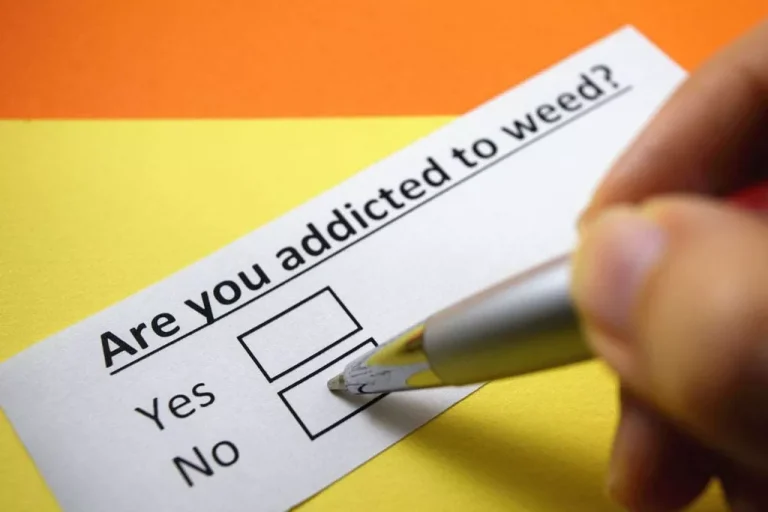

This is important to understand because the majority of people who use amphetamines do so infrequently [89]. Although we also derived effects for amphetamine use disorders, these effects were usually examined in the context of other substance use, so they cannot be compared directly with effects for any use of amphetamines versus no use of amphetamines. We also recognise the potential significant impact of cardiovascular and neuropsychiatric sequelae, such as hypertension, stroke, neurocognitive impairment and Parkinson's disease, on mental health. These were beyond the scope of the current review but have been reviewed elsewhere [88].


If you think you or a loved one are at risk of a substance use disorder, have an honest conversation with a healthcare provider. The exact thing you feel varies based on what substance you took, how much of the substance is in your body and if the substance is interacting with any other drugs or substances at the same time. However, consistent effects were observed in a range of populations (arrestees [58], emergency department patients [59], psychiatric patients [38], people in drug treatment [60]) and in representative population-level samples [61,62].
However, some patients may require antihypertensive treatment to combat hypertensive urgency or emergency. Peripheral vasodilators like nitroglycerin and nicardipine may be effective in lowering blood pressure. Beta-blockers should not be used as sole antihypertensive therapies as their use may lead to unopposed α-adrenergic tone and a worsened hypertensive state. Similarly to hypertension, hyperthermia may abate with the treatment of agitation. However, external cooling with ice baths, misting, or cooled IV fluids may also be required to achieve euthermia. External cooling therapies should be rapidly administered when patients present with temperatures exceeding 107 °F.
Of the 43 studies, 38 (88%) reported on the total number of participants who completed the study, while five studies (12%) did not [36, 39, 57, 62, 64]. Of the 38 reporting on study completion rates, the total number of participants randomised was 3733 (92% of the total) and of these, 2298 participants completed the study (61.6%). ADHD has long suffered from being considered an ‘American’ diagnosis, and for many decades there was a concerted attempt by some experts in child psychiatry to deny, or at least minimise, its existence in the UK. On top of this, on the rare occasions when the disorder was identified, the preferred treatment option was psychotherapy because it fitted with the background of the child psychiatrists and psychologists who were responsible for managing these patients. It was left to certain paediatricians to develop the requisite expertise in the use of stimulants for treating children with ADHD, which many did quite successfully. In recent years, child psychiatrists have begun to assume a prescribing role as well, largely using methylphenidate preparations.
You may continue to crave the stimulant even though you know they’re causing persistent or recurrent physical or psychological problems. You’ve built up a tolerance if you need larger doses of amphetamines to achieve the same effect that lower doses once created. As high attrition rate would affect the study results, the studies with the attrition rate of 50% or higher of the total participants were excluded. Data were extracted independently by the authors onto data extraction forms.
A person may need treatment in a therapeutic community in which they will stay at a residence for a long period. Treatment aims to help a person stop misusing drugs and improve their relationships with family, work, and society. Treatment may be long-term and may involve periods of difficulty as a person adjusts to their life without substance use. Drug education programs may reduce the odds for new amphetamine use or a relapse, but study results are mixed. You may be unsuccessful at cutting down or stopping your use of amphetamines.
At all times, the protection of the patient and the medical staff need to be considered if agitation or psychosis is present. Amphetamines rank as a schedule II/IIN controlled substance (2/2N), which means that there is a high potential for the drug to cause physical dependence (addiction). The sooner you seek help, the greater your chances for a long-term recovery. Talk with your health care provider amphetamine addiction or see a mental health provider, such as a doctor who specializes in addiction medicine or addiction psychiatry, or a licensed alcohol and drug counselor. Examples include methylenedioxymethamphetamine, also called MDMA, ecstasy or molly, and gamma-hydroxybutyric acid, known as GHB. Other examples include ketamine and flunitrazepam or Rohypnol — a brand used outside the U.S. — also called roofie.

Schizophrenia, mania, alcohol withdrawal, and meningitis should also be considered. Elevated rates of violent behaviour amongst people who use amphetamines indicate that health services need to be equipped to manage this risk. Generic guidelines exist for reducing the risk of violence in health services [95] and managing this risk in psychiatric settings [99], and these need to be adapted and implemented to address violence risk related to the use of amphetamines. Of particular concern is the management of violence risk in acute emergency psychiatry presentations [48], where risks can be compounded by delusional thought processes [100]. Treatment for agitation in acute emergency situations often involves emergency sedation [99], but the safety and feasibility of this approach to people intoxicated with amphetamines needs consideration [48,101].

Donnelly et al. (1989) reported that fenfluramine was not effective in treating the disruptive and overactive behaviours in ADHD; nor did it ameliorate the conduct disorder that was present in about half of the subjects. However, it is possible that the actions of amphetamine to increase serotonergic drive may have a beneficial effect https://ecosoberhouse.com/ on anxiety or depression that is often comorbid with ADHD. Thus, enhanced catecholaminergic signalling is the primary mediator of amphetamine’s efficacy in ADHD and narcolepsy. On the negative side, the same pharmacology is also responsible for amphetamine’s major side effects and also its liability for recreational abuse.

© Copyright 2021 by Get Smart Retirement Group| Design by Fitser